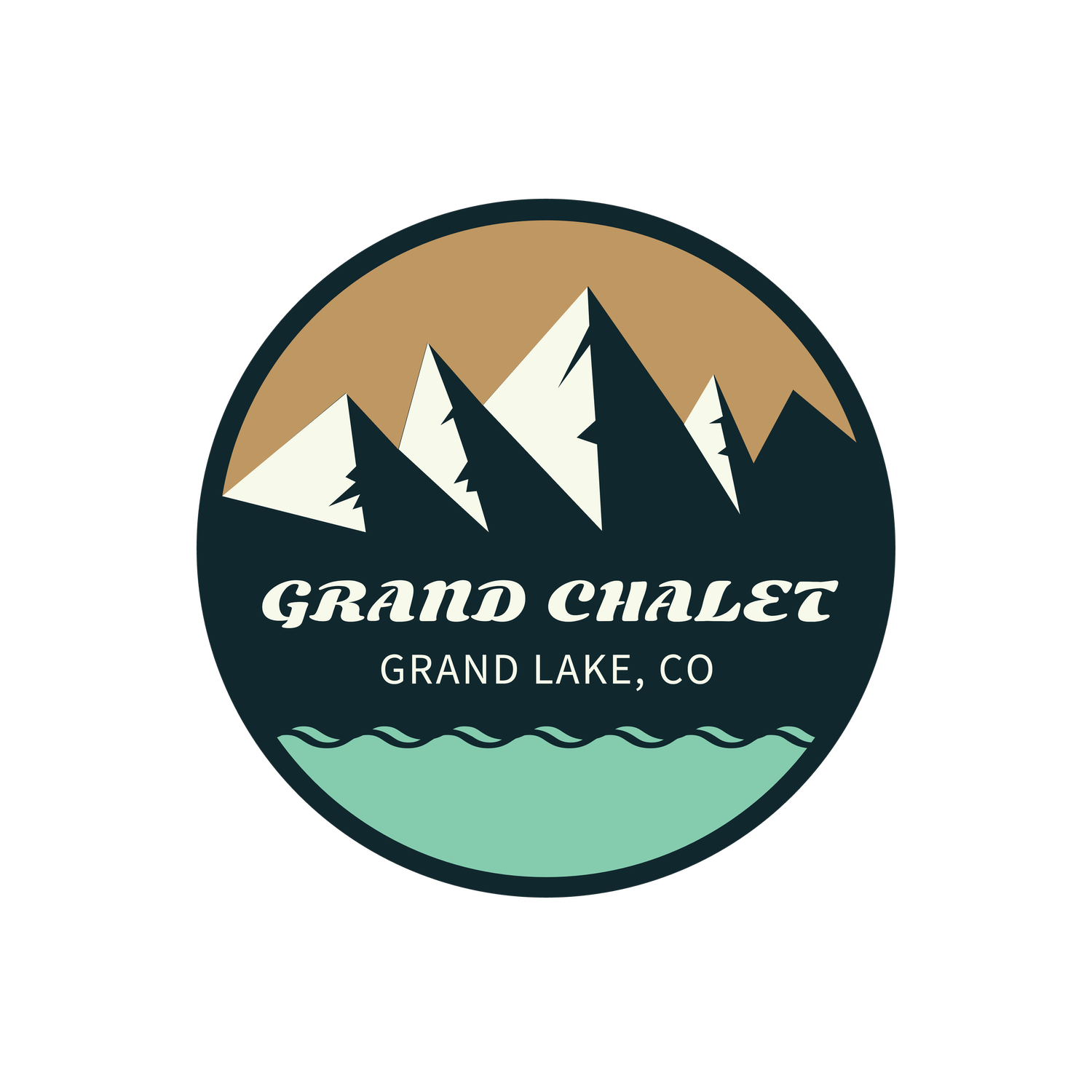Can You See the Northern Lights in Colorado?
The northern lights, or aurora borealis, are one of nature’s most breathtaking light shows, typically associated with high-latitude regions like Norway, Alaska, or Canada. However, many people wonder: Can you see the northern lights in Colorado?
The answer is yes—but rarely. While Colorado is not within the Arctic Circle, solar storms occasionally push the aurora farther south, creating a chance to witness this stunning phenomenon from the Centennial State.
What Causes the Northern Lights?
The aurora borealis occurs when charged particles from the sun collide with Earth’s atmosphere, creating colorful light displays that shimmer across the night sky. The strength of these displays is measured by the Kp index, a scale from 0 to 9. The higher the Kp number, the farther south the lights can be seen.
For most of Colorado, a Kp index of 6 or higher is usually required for a visible aurora, though stronger geomagnetic storms (Kp 7-9) make sightings more likely.
When Can You See the Northern Lights in Colorado?
While unpredictable, aurora activity is more common around the solar maximum, a peak in the sun’s 11-year cycle of activity. The next solar maximum is expected in 2024-2025, meaning there could be increased chances of seeing the northern lights in Colorado.
The best time to look for the aurora is:
During strong solar storms (Kp 6+ alerts)
On clear, dark nights (avoid full moons and city lights)
During the equinox months (March, April, September, and October tend to have more geomagnetic activity)
Best Places to See the Northern Lights in Colorado
To have the best chance of seeing the northern lights, head to areas with minimal light pollution and high elevation. Some of the top locations include:
1. Rocky Mountain National Park
One of the best dark-sky locations in the state, Rocky Mountain National Park offers high-altitude viewpoints like Trail Ridge Road and Bear Lake.
2. Grand Lake & Kawuneeche Valley
This quiet mountain town and the surrounding valley are excellent for stargazing. With its clear skies and limited artificial light, Grand Lake is a solid spot to catch a rare aurora event.
3. Rabbit Ears Pass
Near Steamboat Springs, Rabbit Ears Pass is a high-altitude area with open sky views, making it a great northern lights viewing spot when conditions are right.
4. Westcliffe & Silver Cliff (International Dark Sky Community)
As one of Colorado’s designated International Dark Sky Communities, this region in the Wet Mountain Valley is perfect for aurora spotting when activity is strong.
5. Pawnee National Grassland
Located in northern Colorado, this remote prairie landscape offers vast open skies and some of the state’s darkest conditions, making it ideal for northern lights photography.
How to Know When the Northern Lights Will Be Visible in Colorado
Since auroras are unpredictable, keeping an eye on space weather forecasts is key. Here are some tools to help track aurora activity:
NOAA Space Weather Prediction Center (www.swpc.noaa.gov) – Provides aurora forecasts and Kp index updates.
Aurora Forecast Apps – Apps like My Aurora Forecast or Space Weather Live send alerts when geomagnetic activity is high.
Social Media & Local Astronomy Groups – Follow Colorado-based stargazing communities for real-time updates on possible aurora sightings.
Photography Tips for Capturing the Northern Lights
If you’re lucky enough to witness the aurora in Colorado, here’s how to capture it:
Use a DSLR or mirrorless camera with manual settings.
Set a high ISO (800-3200) for better light sensitivity.
Use a wide aperture (f/2.8 or lower) to let in more light.
Keep the shutter open for 10-20 seconds to capture the movement.
Use a tripod to avoid shaky images.
Final Thoughts
While rare, the northern lights can be seen in Colorado under the right conditions. By staying informed on space weather, heading to a dark-sky location, and having patience, you might just witness this incredible celestial phenomenon.

